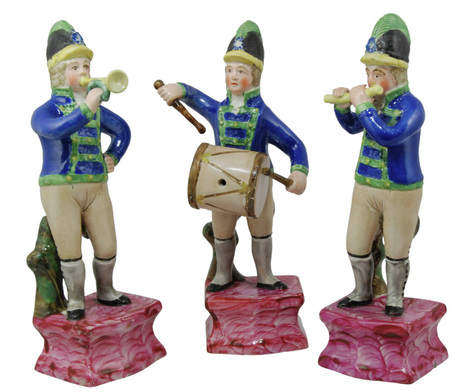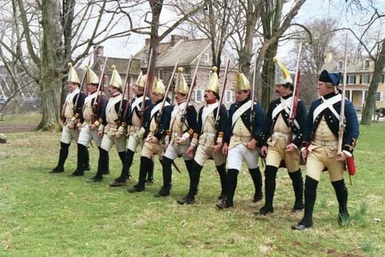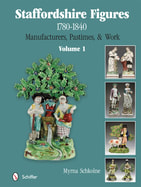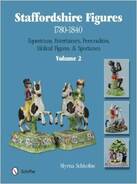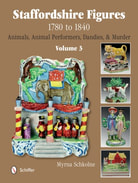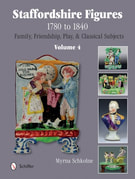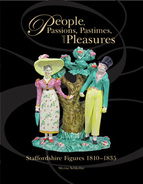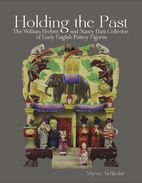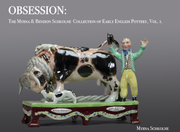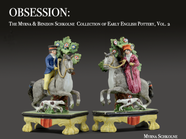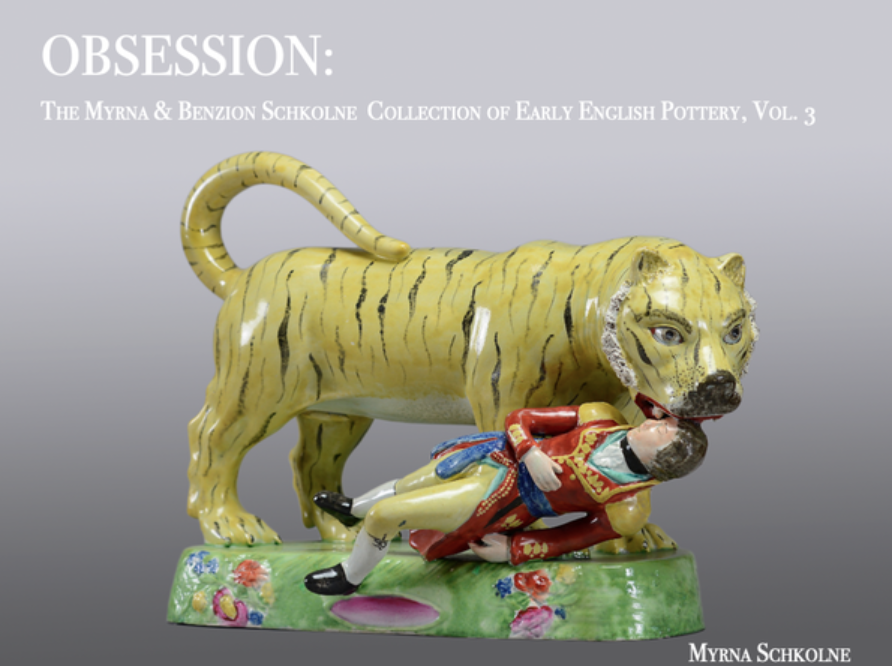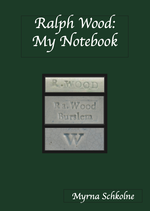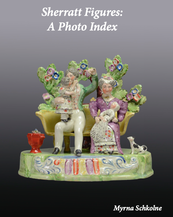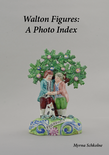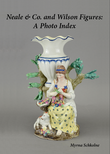King George III was also Elector of Hanover, a German principality. When in the 1770s he needed soldiers to fight those American revolutionaries, King George looked across the Channel to his ancestral home and conscripted about 30,000 soldiers to fight for Britain. Some were subjects of Hanover, but the conscripted fighters were all called Hessians because the largest group came from the German principality of Hesse-Kassel. The men were not mercenaries as we know them today. Some were impressed into service, others were forced to serve because they were conscripts, petty thieves, or debtors. Pay was poor and often consisted of daily food, with wages being sent back to the soldiers' German rulers! Despite this, the Hessians were highly respected fighters, and their discipline earned them the admiration of friend and foe alike. After the Revolutionary War, some Hessians settled in America and Canada of choice. Others had to stay because their rulers did not want them back!
You can read tons on the web about Hessians. The soldiers wore blue coats, buff breeches, and distinctively pointed headgear of the form worn by our three figures. Here you can see want-to-be Hessians in a modern day Revolutionary War reenactment.
The Hessian soldier continued to be useful after Britain's American issue was resolved. Britain contracted to bring 12,000 Hessians into the British army for four years from around 1793. And in 1798, Hessians put down a rebellion in Ireland. Thereafter, I don't believe Hessians fought for Britain again. They did fight across Europe for other forces, but as warfare in the early 1800s changed the structure of Europe, Hessian soldiers passed into the mists of time.
So back to our Staffordshire figures. They are driving me nuts. Because of the nature of the subject, surely they date from the 1790s? Did more than three figure forms comprise a full band? How many of each form was made? These figure required complex molds. Hundreds, if not thousands, must have been made to justify the creation of the molds. Why do only three survive?
PS.I asked collector Mary Berk if the Hessian on the right was playing a transverse flute. Her answer is fascinating. Thanks, Mary!
I am 99% sure that the instrument is a fife as in fife and drum corps. My flute history books suggest that the Swiss first used the fife and drum in their militia. The famous Revolutionary War painting is of a fife, drum and flag carrier. In the state of NY there was a school in the 1800's dedicated to teaching all the calls and commands that the fife and drum gave to the troops for daily routines as well as the war maneuver calls. The fife was later usurped by the trumpet and the trumpet made obsolete by radio signals in the world wars.
